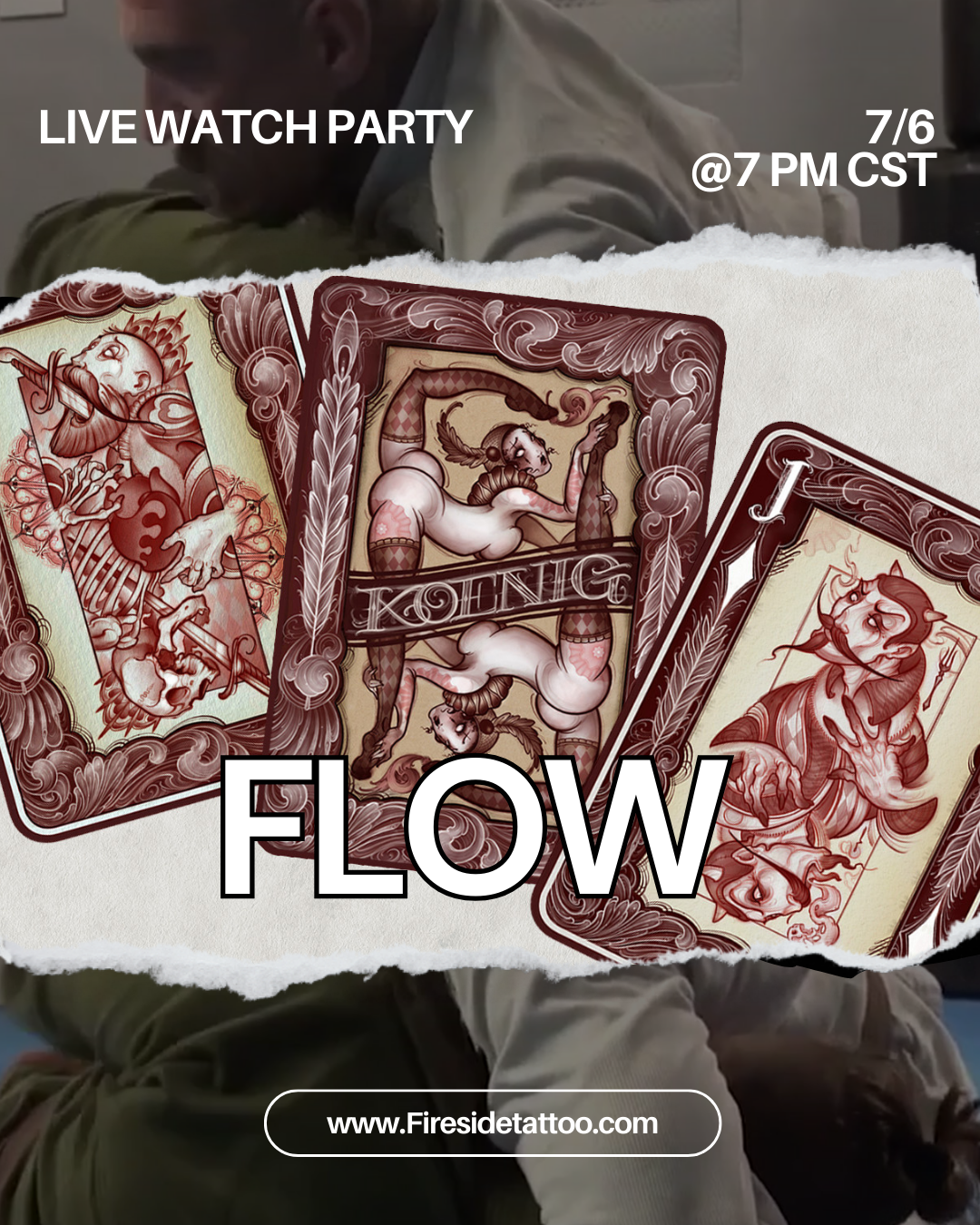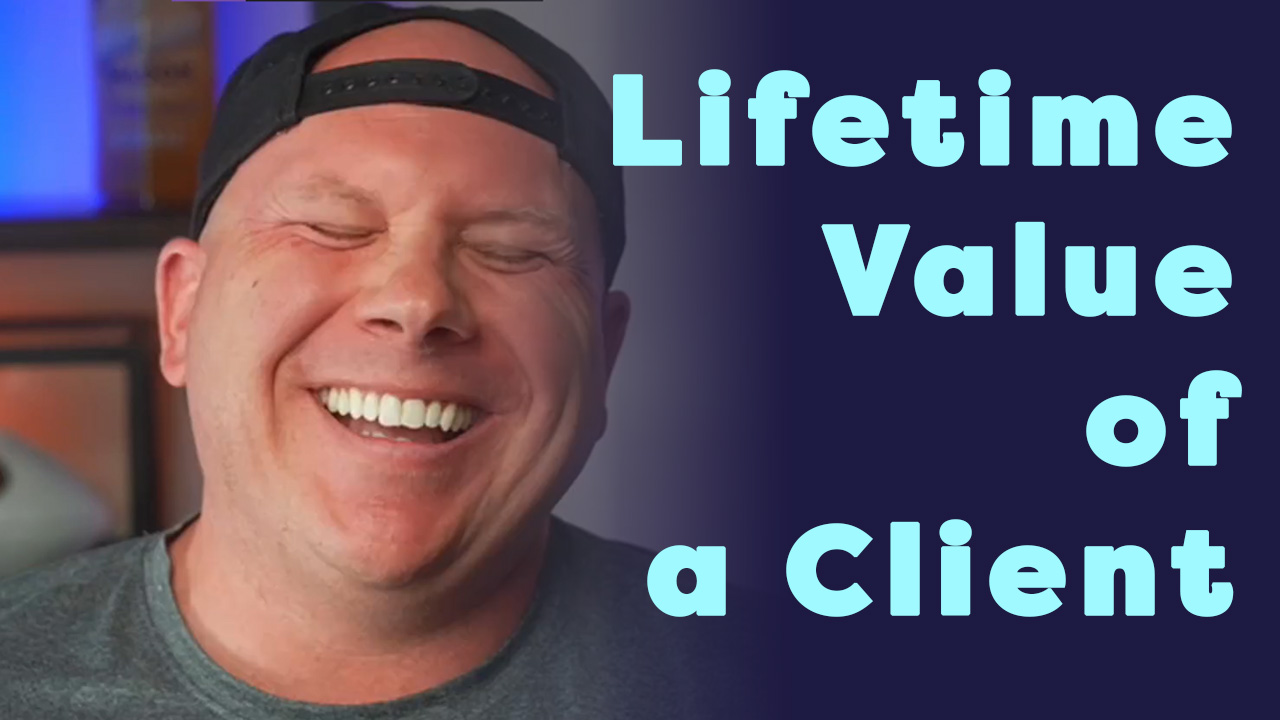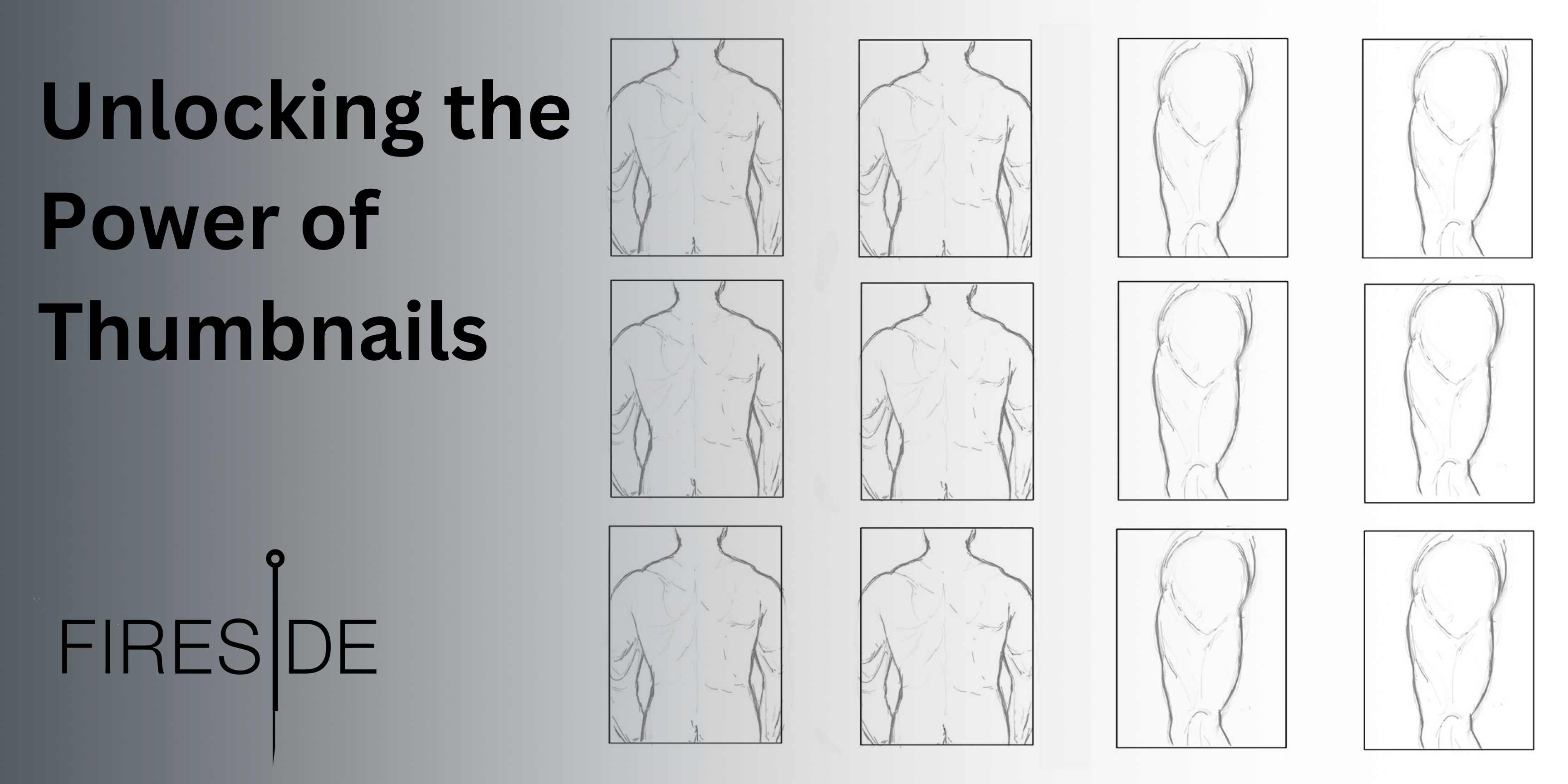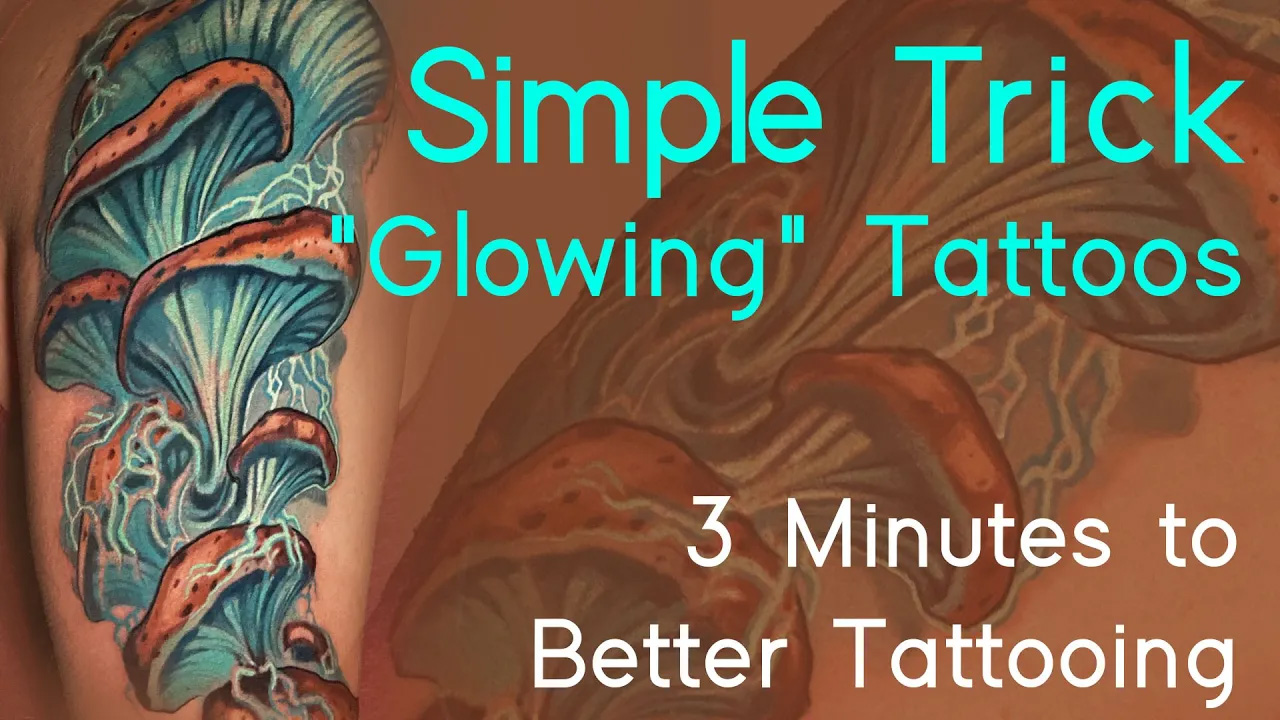Tattoo Science: Tattoo Science The Physics of Tattooing Part 2 Tattoo Overview Episode 9
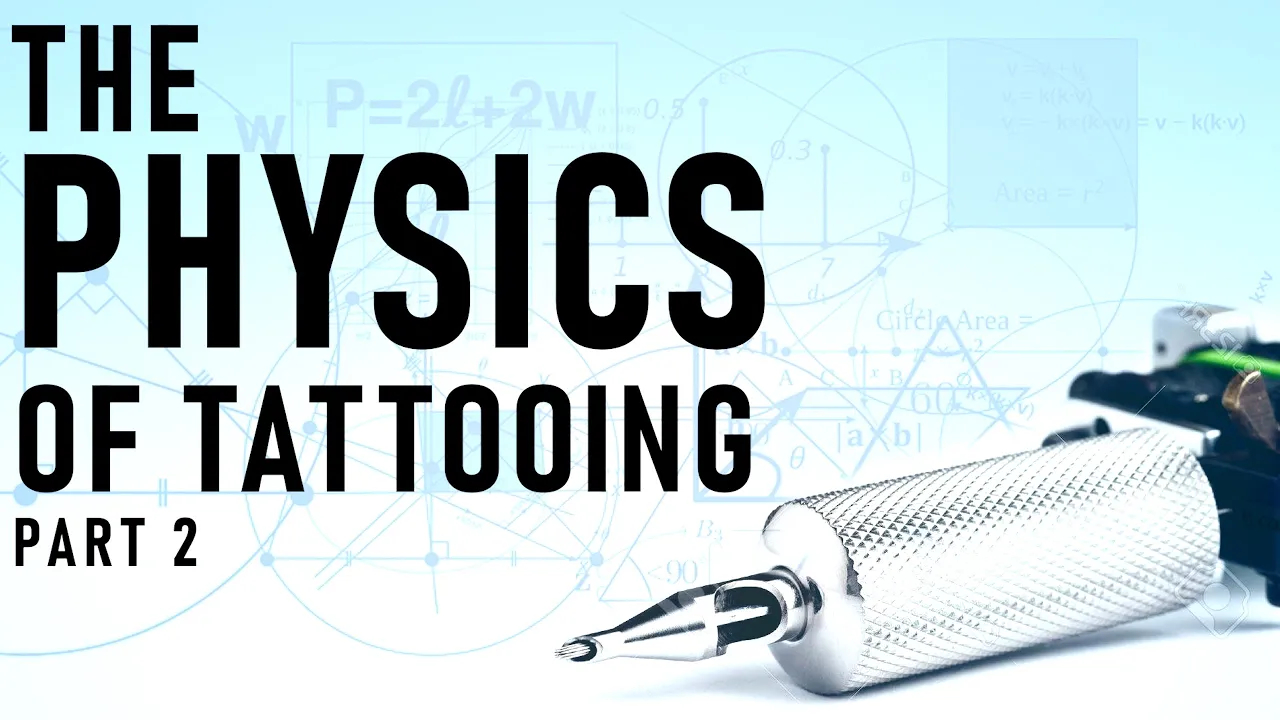
Tattoo Science! The Physics of Tattooing Part 2 | Tattoo Overview | Episode 9
Interview By Jake Meeks —
Writing By Daniel Pushcarich -
Topics: Tattoo Saturation, Geometry, Tissue Depth, Ink Vacuum, Dermis, Epidermis, Skin Healing for Tattoos
This episode was made possible thanks to:
Does Penetration Angle Affect Tattoo Ink Saturation?
There are some tricks to tattooing that you only understand if you've been in the game for a while. Most tattooers know that the area of the body you're tattooing changes the way you tattoo, including the angle at which you hold your machine.
The general rule of thumb is that holding your tattoo machine at an angle gives you a greater chance of good ink saturation. Conversely, the more perpendicular you come at the skin, the less ink saturation you'll end up with.
Tattoo Needles and the Geometry of a Hole
There are a few reasons why angle matters. One has to do with the vector of the force. When you're tattooing at a 90 degree angle, the vectors are pointing straight down and are absorbed by the skin. However, when you tattoo at a 45 degree angle, the vectors are pointing up and out, or away from the skin, which means that they compress the skin less.
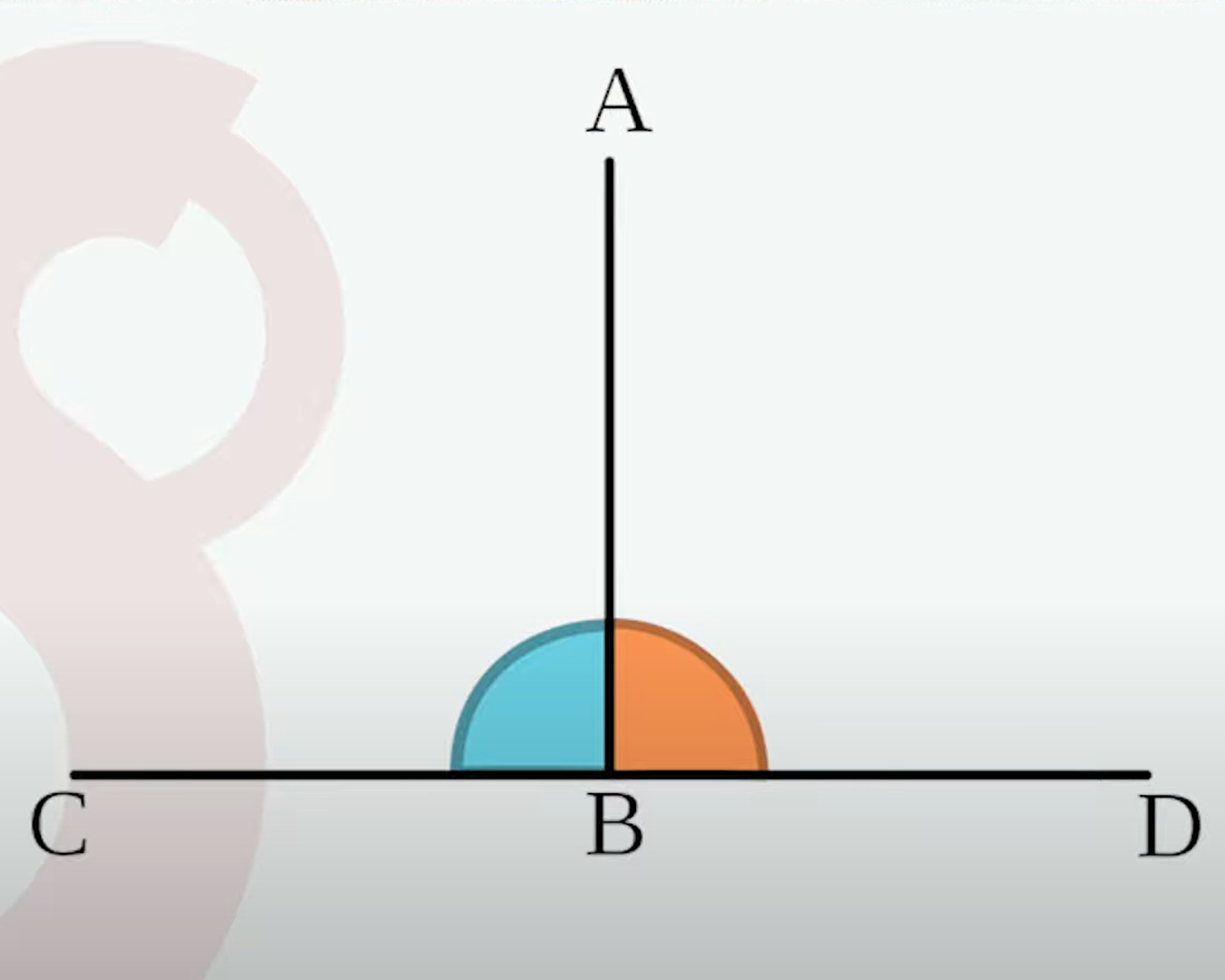
The other reason has to do with geometry. When you come at the skin from an angle, the needle is creating an elliptical hole. This elliptical shape allows for more ink to be deposited in one pass.
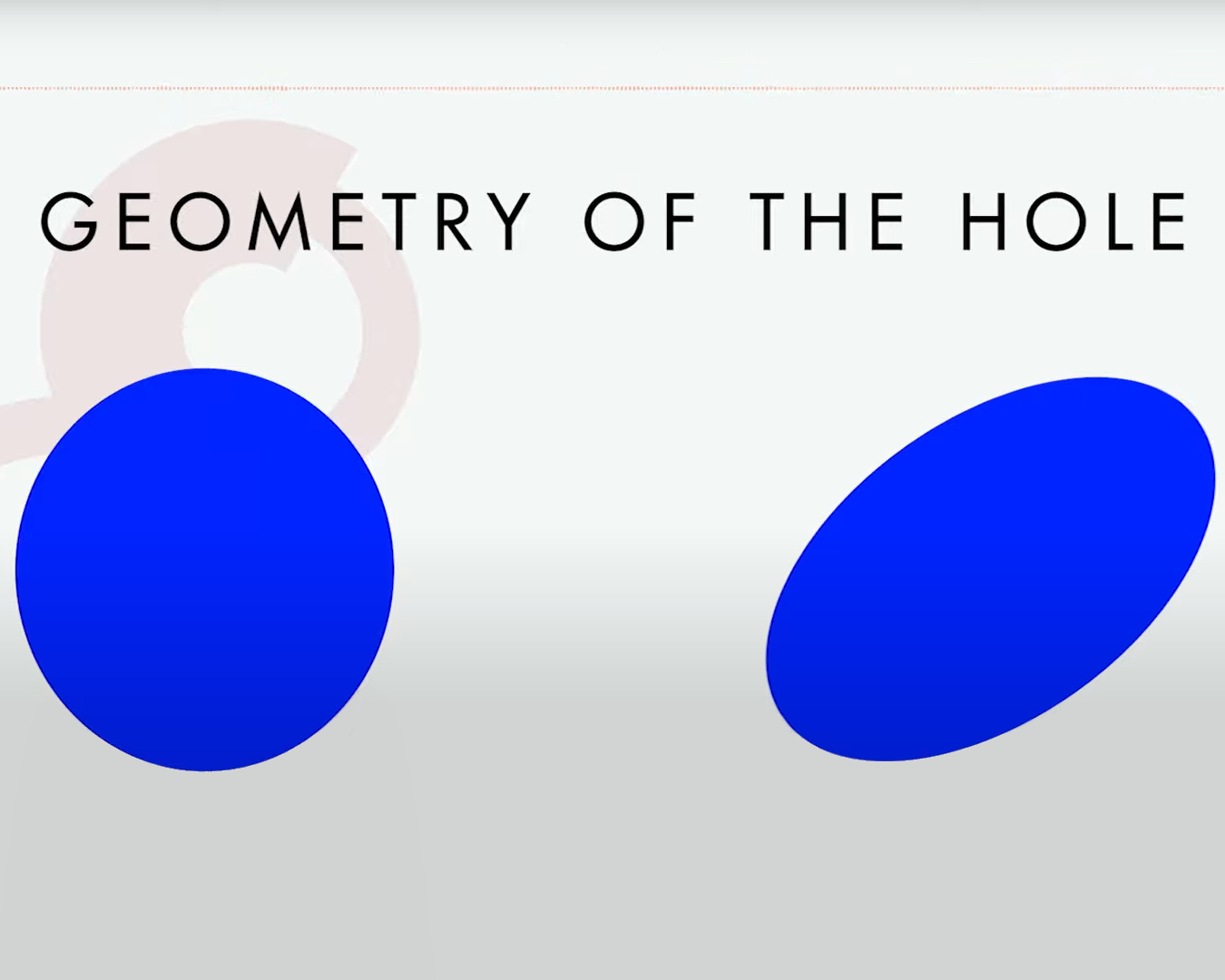
Looking to the Medical World for tattoo tips!
There are other instances in which needles are designed to cause the smallest amount of injury feasible. The hypodermic needle, for example, is intended to rapidly and painlessly slide into the skin.
A hypodermic needle has a chamfered or beveled tip. The needle gets finished through beveling, which adds a sharp point to the tube by creating an angle on the surface. The bevel angle allows the needle to puncture the skin while reducing the amount of trauma.
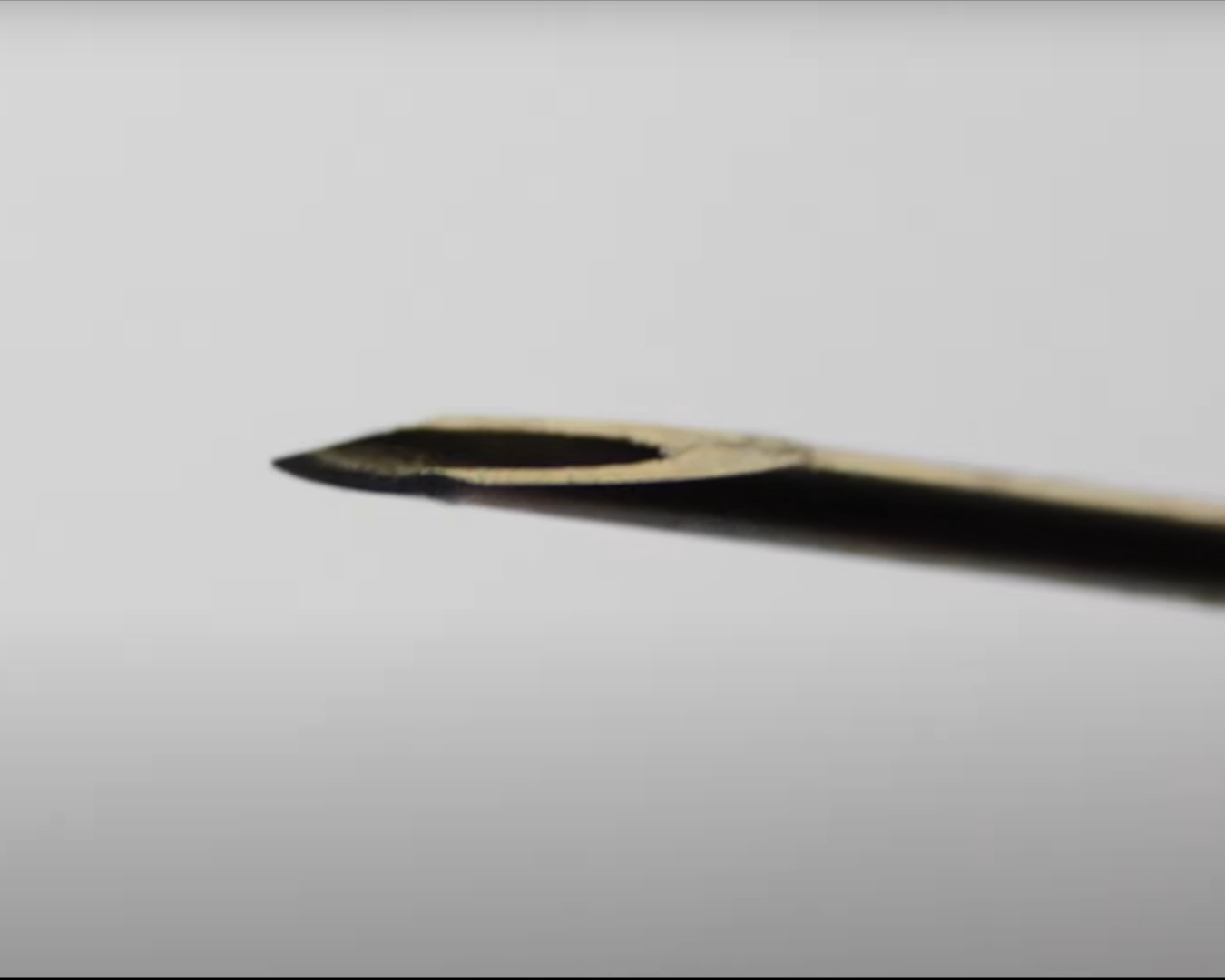
There are two main types of bevels used for hypodermic needles.The short bevel has a tip angle of 30-45 degrees. Then, the long bevel’s tip angle is from 12-15 degrees. Outside of those two categories, there are other specific types. The lancet bevel provides the sharpest point for a hypodermic needle. It features a 15-degree tip angle. The more extreme the angle is the sharper and less traumatic it is to the skin, leading to greater suction and greater tattoo ink saturation.
Tattoo Ink, The Dermis, and the Epidermis
We're trying to get optimal saturation into the dermis but we're passing through quite a few layers of epidermis. What happens to those particles of ink? Do they sink down into the dermis or do they slough off with the skin?
The epidermis is replaced roughly every 30 days as new skin grows in. Whatever you're seeing through that entire column of cells at the top is gone, and once the epidermis has been worn off, it's simply been replaced with newer skin. So, your aim and objective is to make sure that whatever's in the dermis has the highest degree of saturation.
The next question a tattooer might ask is: How MUCH of the skin is being sloughed off, and how much ink is really being deposited then?
Roughly 30% gets metabolized or sloughs off. Another possible way to think of this would be in values. If you start with a dark black (value of 10), what you should really be expecting in the healed tattoo is a value of 7. This is one reason a tattoo will look different when it's healed as opposed to when it is fresh.
-"When we're looking at fresh tattoos, we're looking at saturation all the way up through the epidermis, after all that skin sloughs off we're looking through new skin cells that have no ink particles in them whatsoever into the 70% that's left behind."
- Shawn Bellina, S8 Chemist
Want more tattoo education and resources?
Check out our Tattoo Science & Technology catalog HERE!
Transcript for this video can be found (here). All transcripts can be found (Here)
The Fireside Tattoo Network is home to the Fireside podcast, Fireside Technique video series and our Fireside Weekly blog.
The Fireside Tattoo podcast is hosted by veteran tattooer Jake Meeks, check out our episodes where we discuss, argue and wax philosophical, from tips for all levels of artists to trends in the tattoo world. Many guest artists have sat down for interviews and in-depth conversations and many more are planned…check back often!
Our Fireside Tattoo Overview video series offers informative, short, and detailed videos geared towards helping artists understand the science and nuances of tattoos and make more informed decisions to improve their work. We often take some of our more technical topics from our Fireside podcast and film an in-depth, narrated, time-lapse video showing exactly how Jake or our featured artists handle certain issues.
Support us while buying the stuff you need at the links below!
- Get 10% off the Neuma 4 with code “Fireside” at checkout
https://neumatattoo.com - Get 10 % off all S8 Tattoo products with promo code “Fireside”
https://s8tattoo.com/ - TattooNOW Website and Automation services at the link below
https://TattooNOW.com/Fireside - Get 10% off your order from Raw Pigments with code “fireside”
https://rawpigments.co/
Tattoo Science
Our goal as tattooers is to get ink into skin as efficiently as possible while causing the least amount of skin trauma in the process.
By gaining a basic understanding of how ink actually gets into skin, we give ourselves a much better chance for success. The Fireside Tattoo Network has interviewed specialists in tattoo machines, ink, fluid dynamics, and tattoo physics to bring you the most comprehensive tattoo science and physics information available anywhere.
Check out these popular tattoo science and tech articles:
Still interested, want more? You can look at our podcast episodes HERE!
Recent News
Why Do We Care About Give? - Carson Hill
- 07/24/24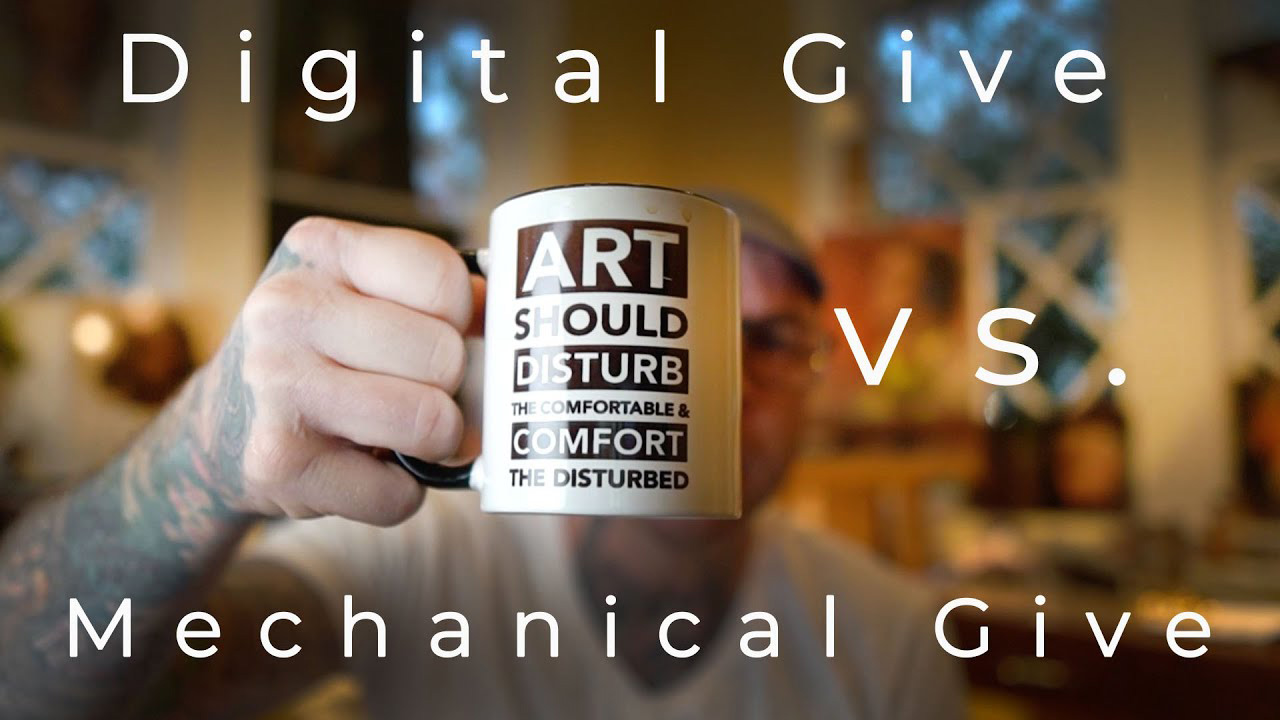
FLOW | Dave Koenig
- 06/28/24